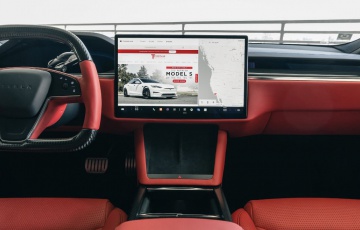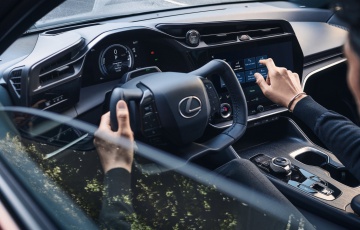Change Our Mind: minimalist car interiors are dumb
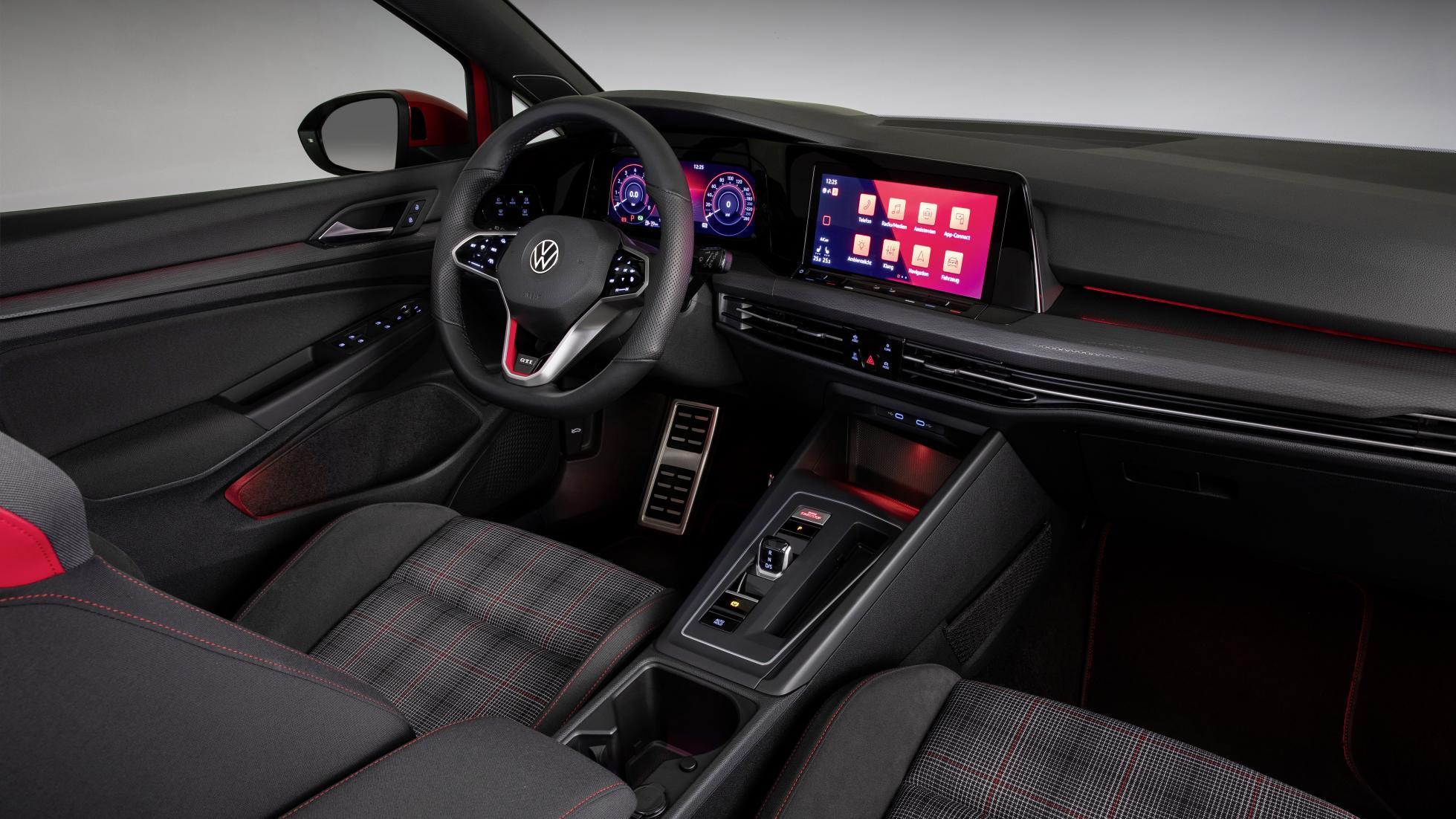
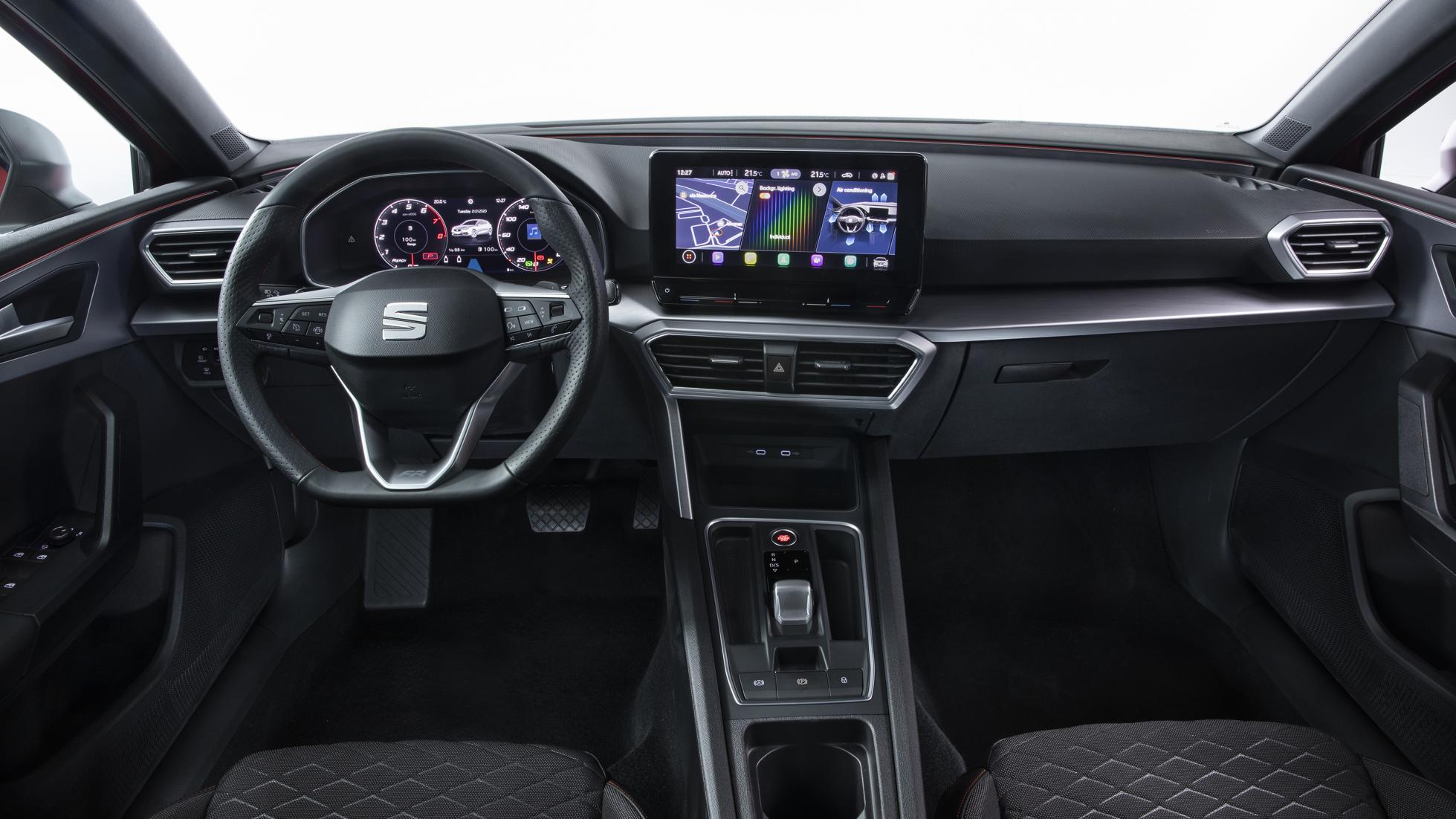
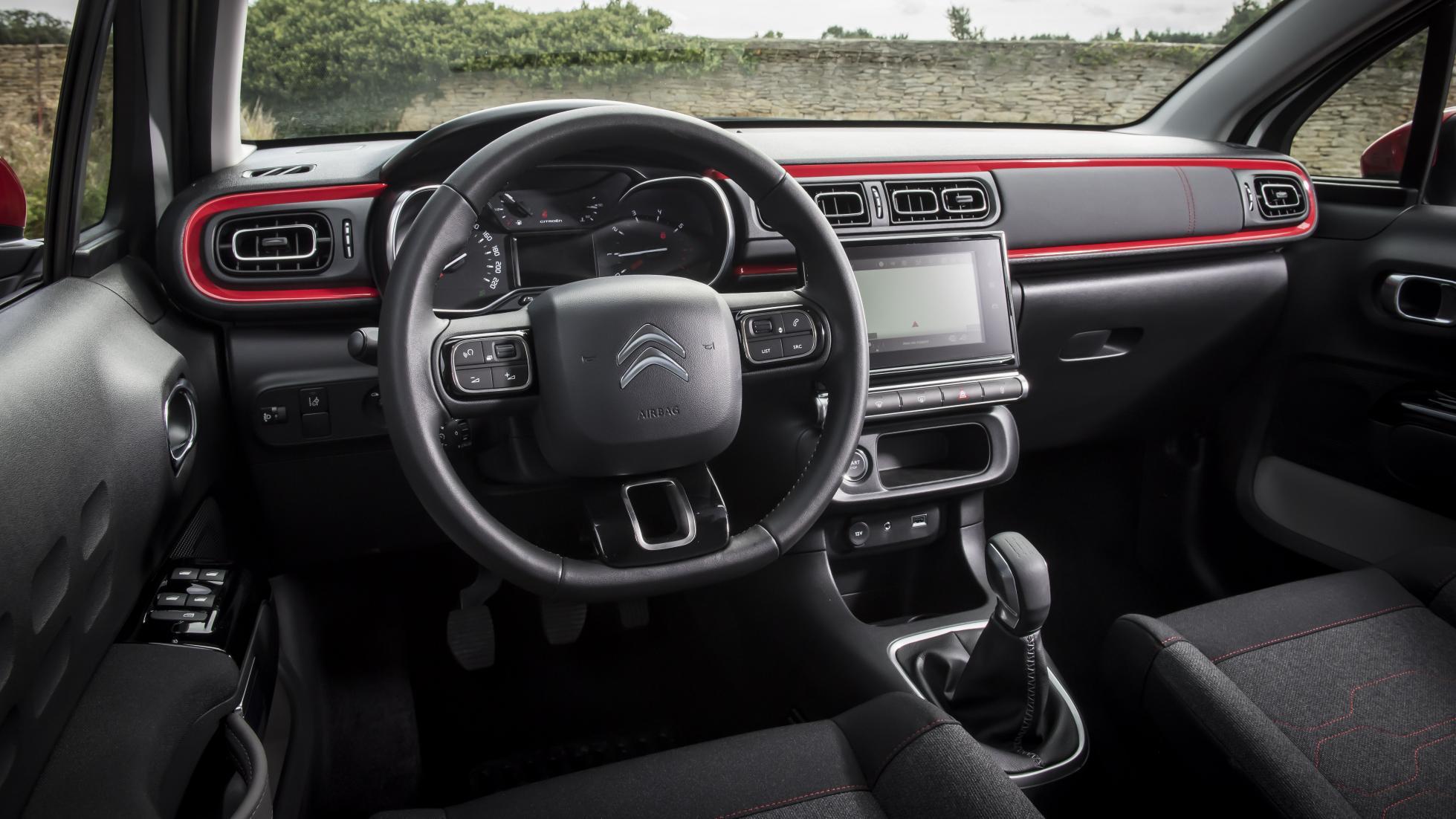
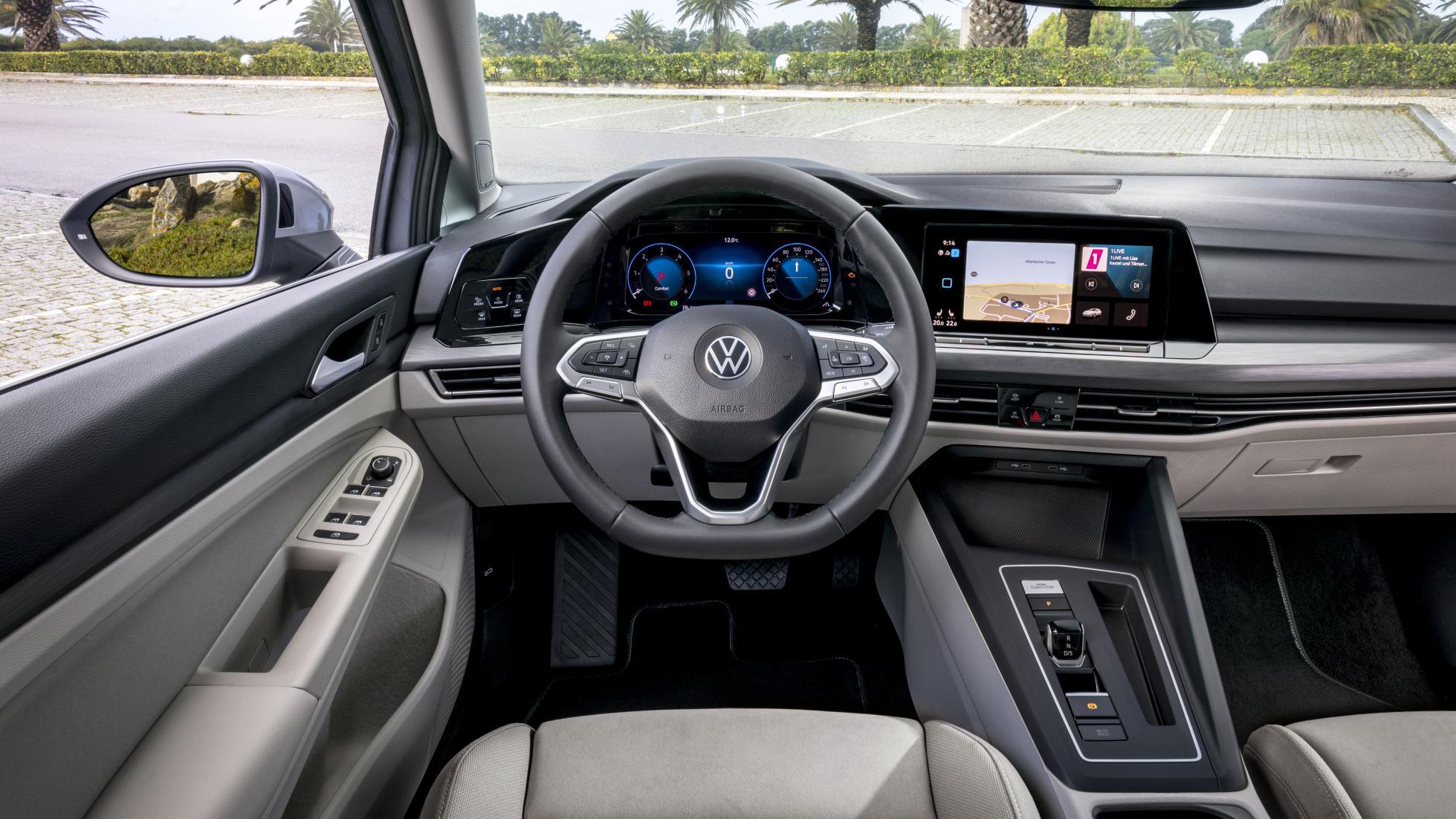
The rot set in before the new Golf, but it’s the new VW Golf Mk8 that’s really irked me.
Even Volkswagen – which is about as open to sweeping controversial design changes as FBI agents are to fancy dress Fridays – has decided the Golf is officially Too Clever For Buttons. And it’s got rid of the lot.
If you want to adjust the temperature inside the new Golf, you slide your finger along a touch-sensitive gutter.
Fancy a warm bum? The heated seat menu now lives in the touchscreen. A song you like’s just come on the radio – the volume depends on another touchpad.
Everything else? Touchscreen. Except the hazard warning lights, and you get the sense VW begrudgingly kept that button because it was told to by The Powers That Be.
So, the new Golf looks fabulous when you get inside for the first time, and then immediately becomes annoying because it’s trickier to use when the car is moving and vibrating and you must look out of the windscreen to observe lights, signs, kamikaze cyclists and low-flying SpaceX hardware.
Five minutes later, all the glossy minimalist surfaces are covered in fingerprints. Spoils the effect a bit.
Because the new Seat Leon is basically a Golf wearing an FC Barcelona t-shirt, it suffers the same problem.
The same thing happened in the Lamborghini Urus, which inherited its touchscreens from the Audi Q7 (and Q8, A8, A7, A6… I could go on).
And it’s not just in ‘premium’-badged stuff. Peugeot and Citroen have gone mad for playing hide-and-seek with useful controls in their not-exactly class-leading touchscreen. So has Land Rover, with predictable results.
Haptic feedback and voice control are wonky ladders out of a hole car designers have dug themselves.
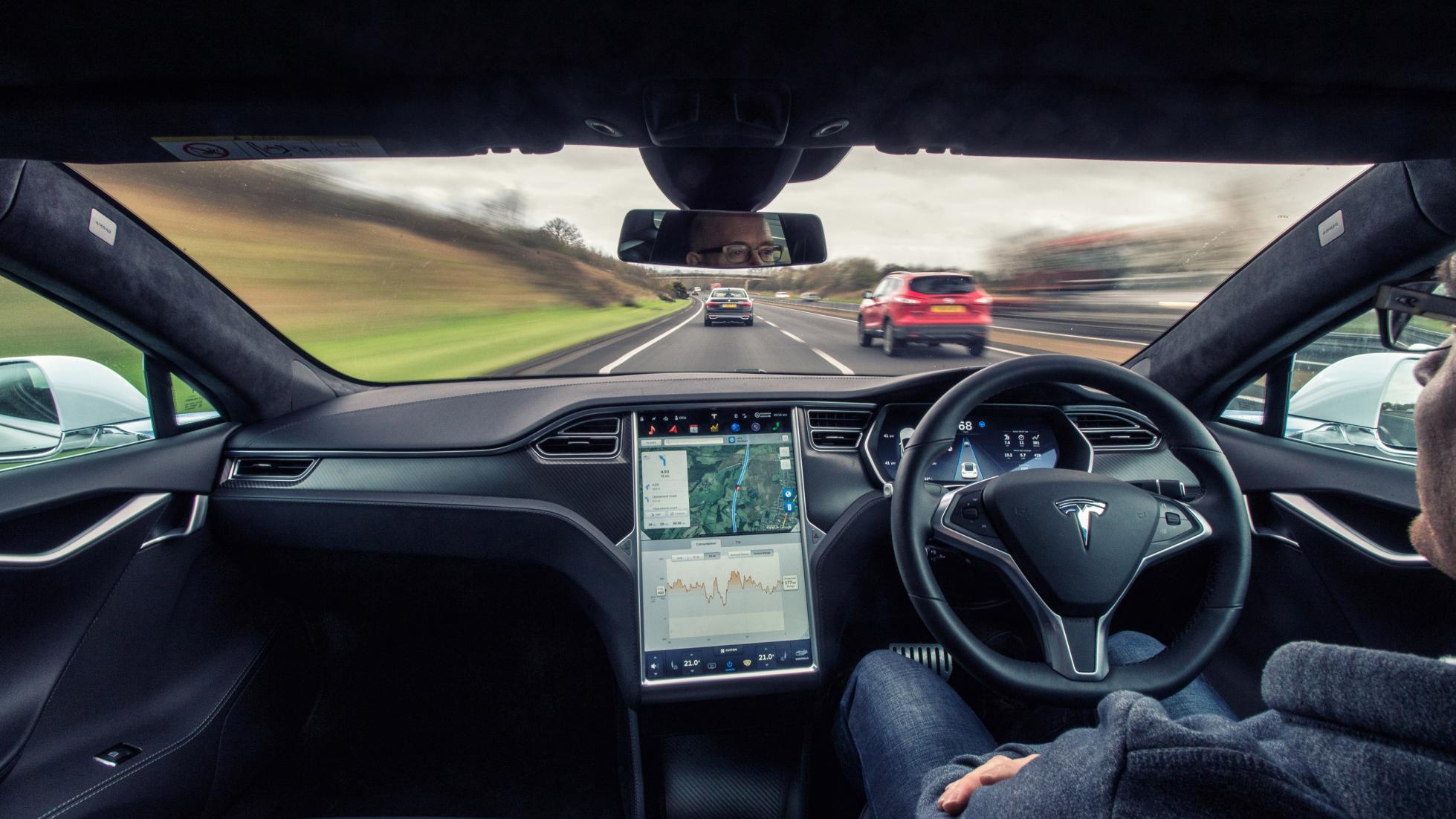
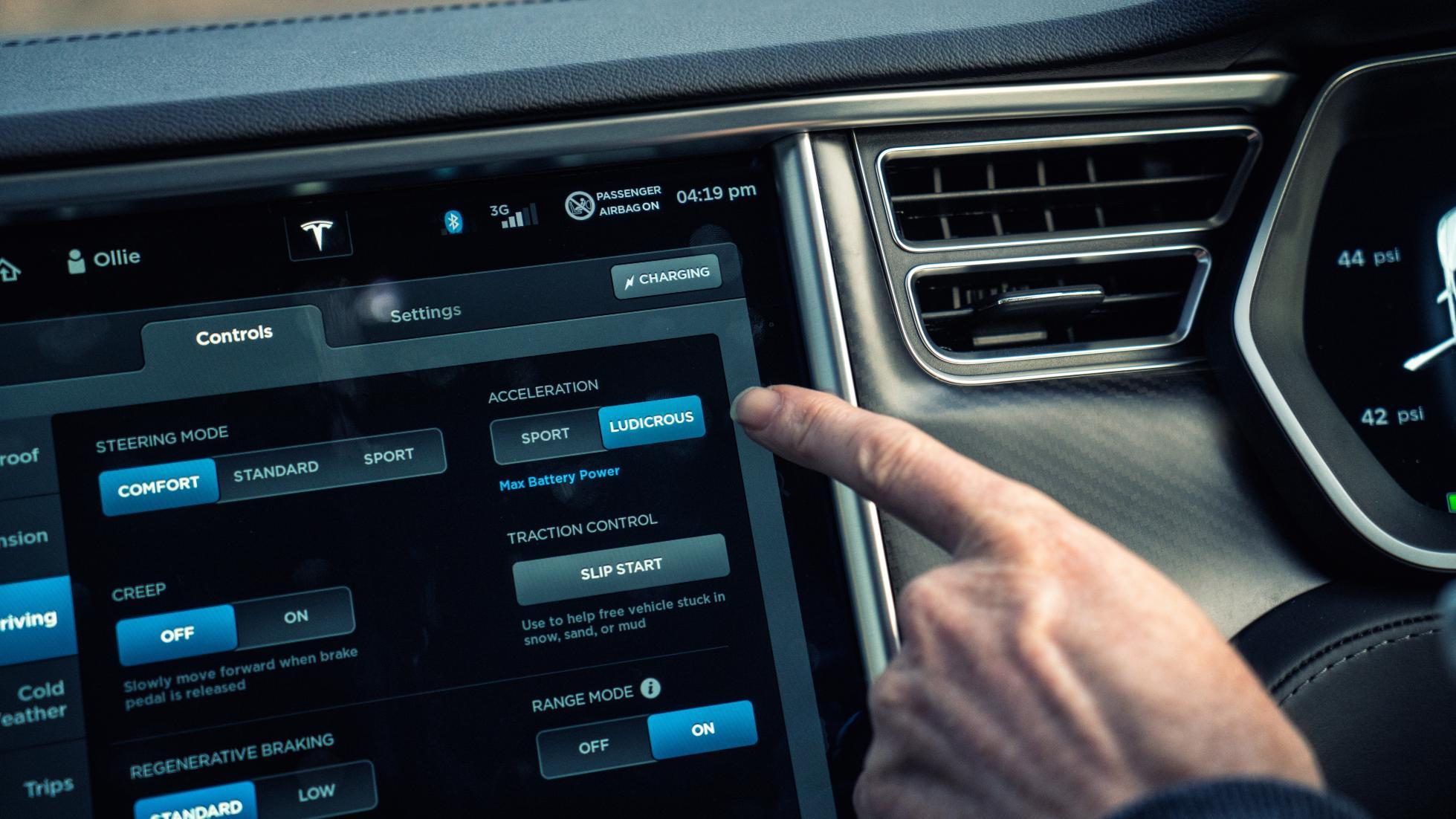
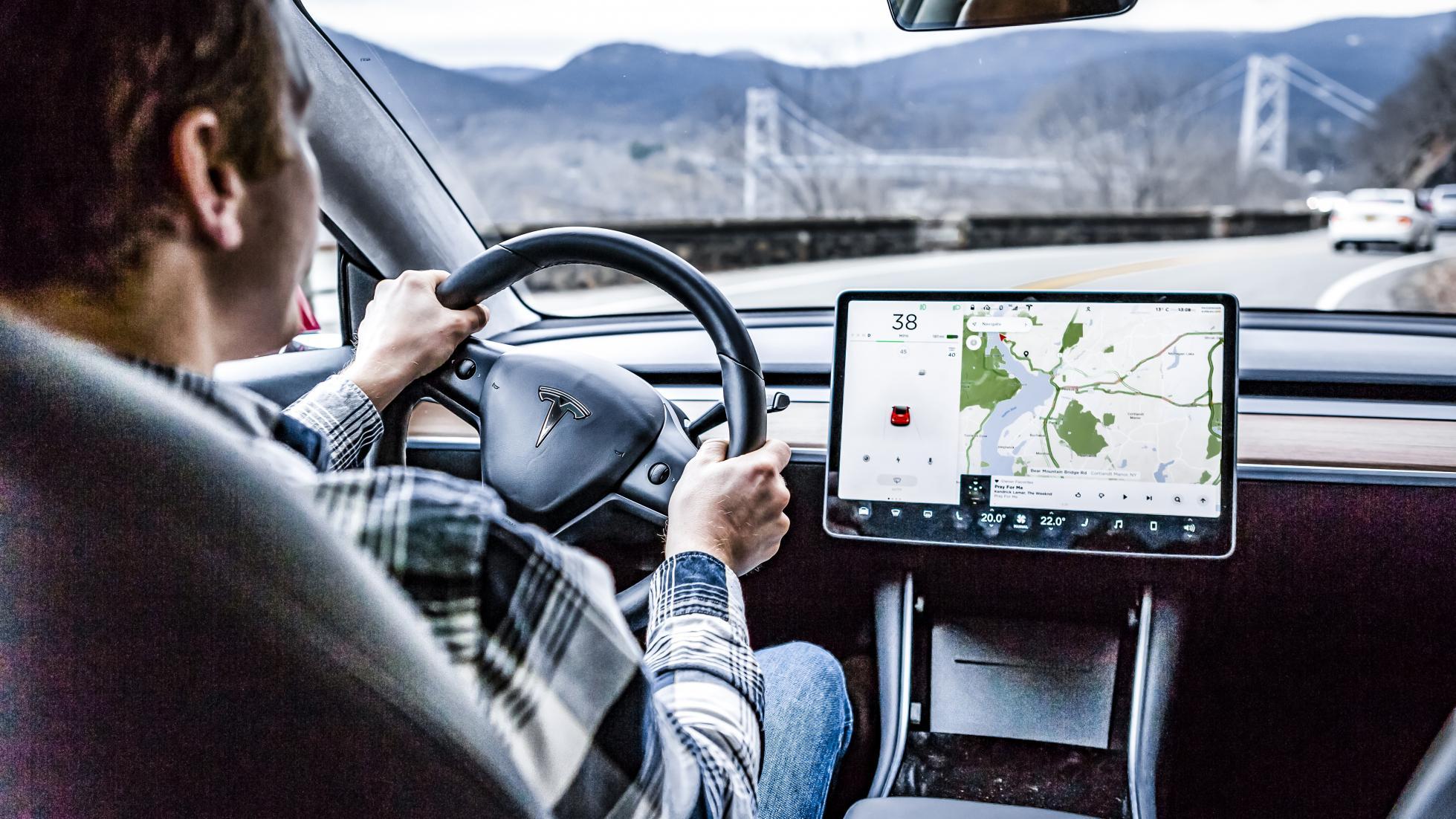
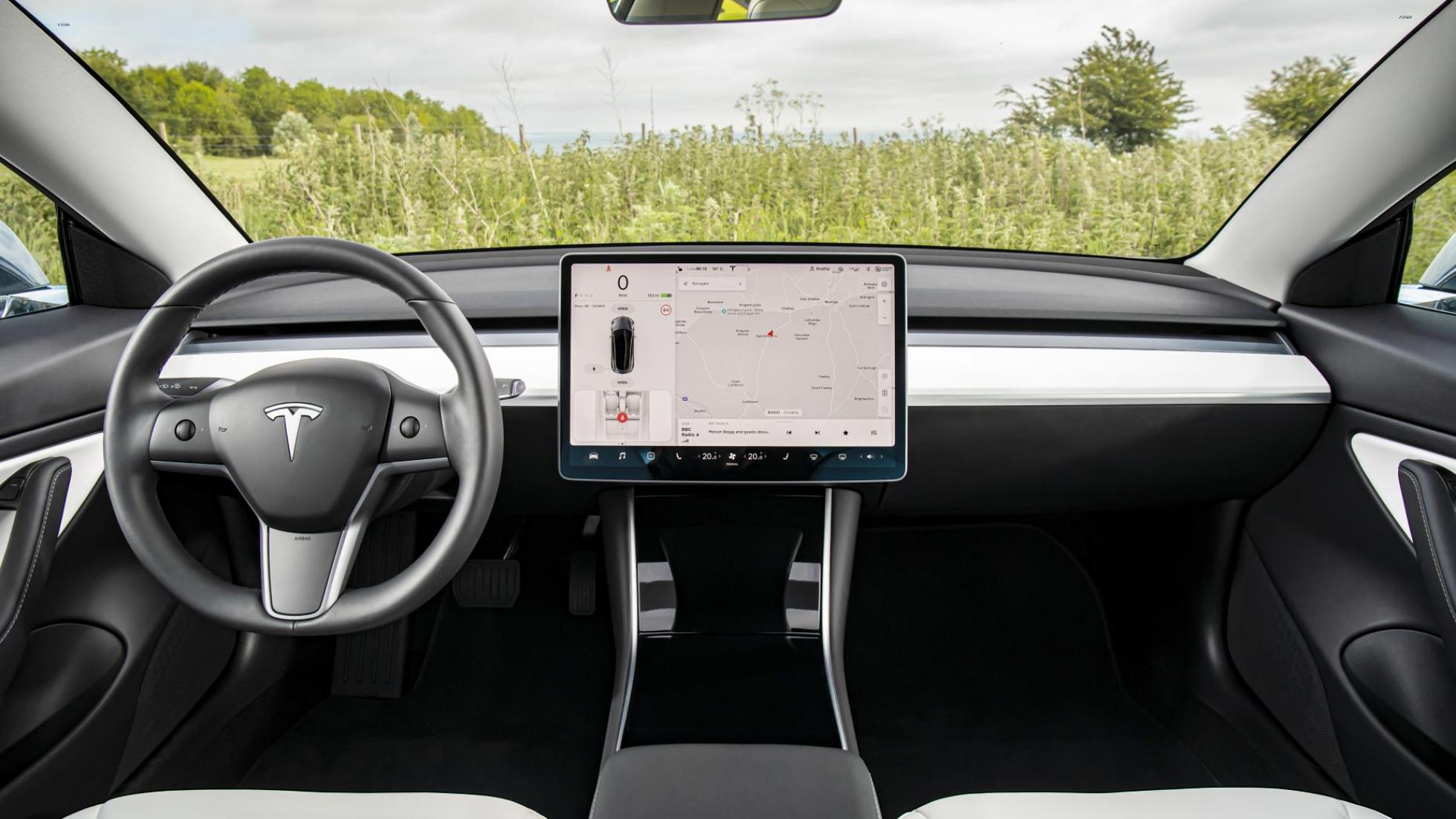
What does this tell us? I reckon it proves the old guard of car companies are sh*t-scared of Tesla’s upstart design – how first the Model S and Model X and now the Model 3 and Model Y have proved touchscreens are must-haves.
They mean you’re modern. They’re shorthand for technocool. And the bigger the screen, the better. More features. Fewer buttons. Pixels mean prizes.
Now, Tesla’s always got around the inconvenient ‘bit tricky to use without taking your eyes off the road’ argument with the simple comeback that its cars are designed to be able to take over from the driver anyway.
And because Autopilot has a lower hand-slap-now-concentrate threshold than, say, Volvo or Peugeot or Audi (and because it works very well in clement weather on a well-surfaced road), that argument almost works.
I’ll admit to having scrolled through Spotify at length while a Model S shepherded me along the outside lane of the M4.
But there are enough high-profile incidents to prove that self-driving tech is far from foolproof, and plenty of European cars don’t yet have the dexterity of Tesla’s system.
Cars can’t drive themselves in all situations without error or exception. And neither can easily-distratced, stressed-out humans. That’s not an opinion, it’s a fact.
Yet, because of our infatuation with our smartphones and tablets, and a misguided belief that physical, spring-loaded buttons are as 19th Century as a steam train or a monocle, every week brings new cars sporting interiors that aren’t compatible with hands-on driving.
Haptic feedback and voice control are wonky ladders out of a hole car designers have dug themselves.
I admit I’m probably in the losing camp here. Touchsceens in cars are going nowhere and we’ll all have to adapt or be stuck on the same radio station, with the heating permanently set to 21 degrees, for life.
But just because there’s a new normal arriving, it doesn’t necessarily mean it’s better than the old normal, in this case. Give me back my buttons, please.
STORY Ollie Kew







